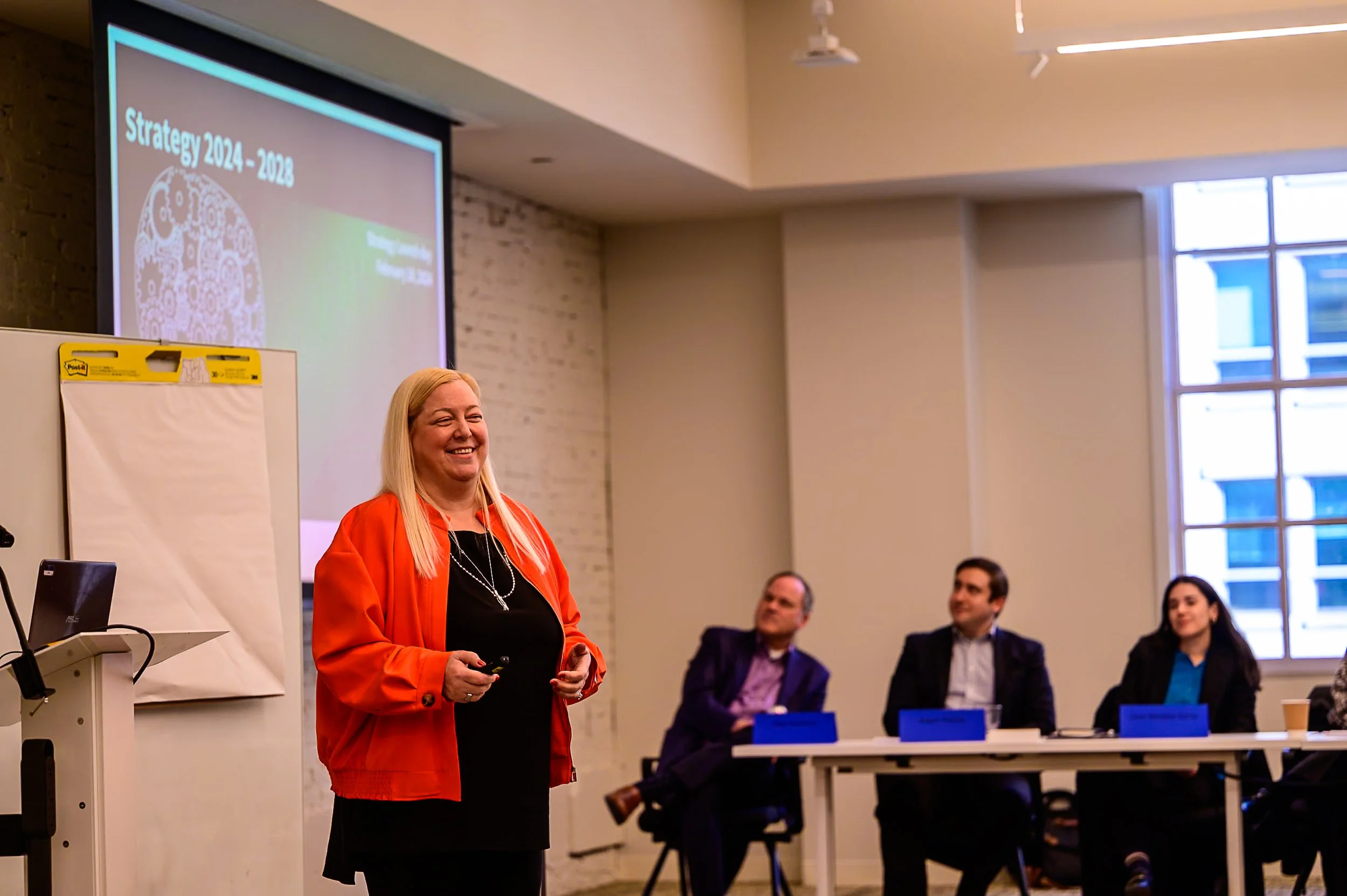A Picture’s Worth a Thousand #Hashtags
One glance around any American airport and you spy passengers of all ages scrolling through smartphones and mobile devices. Pulling up boarding passes, checking itineraries, and updating loved ones all takes place with a swipe and a tap. Travelers take their phone, laptop, and tablet along for the ride to keep tabs on what is going on with the world via various modes of social media.
In July 2013 the Transportation Security Administration (TSA) joined Instagram, one of the most popular social media photo-sharing sites hosting 150+ million users. With over 147,000 followers, TSA educates the travelling public and focuses on customer service through a user-friendly medium.
With customer-direct lines such as Instagram, TSA has greater control over its public relations destiny. Currently, many of the posts contain photos of “TSA Catches” which are prohibited items caught before making their way onto an airplane. After recognizing fellow passengers attempts to board airplanes with loaded pistols, knives disguised as hair combs, and throwing stars, passengers are reminded of the work TSA personnel are doing every day to keep real dangers out of the skies.
Instagram helps educate the public about TSA’s policies regarding restricted items as well as initiatives such as TSA Pre✓™. TSA’s Instagram account has highlighted the TSA Pre✓™ service by putting a face to the program, alongside any new updates regarding participation.
As awareness of TSA’s policies increases, the number of expedited screenings is likely to increase. When travelers go through the screening process more efficiently, passengers, screeners, airports, and TSA personnel on all levels have a smoother travel experience.
With the goal of keeping the travelling public safe, TSA adapted to the growing demand for mobility by embracing social media. Messaging, educating, and enhancing customer service cannot be done overnight, but the success of the TSA Instagram account speaks volumes about America’s desire to peer into the X-RAY machine alongside TSA screeners to see what they really find in carry-on bags.
TSA’s Instagram mobile profile
Information and application table for TSA Pre✓™





















